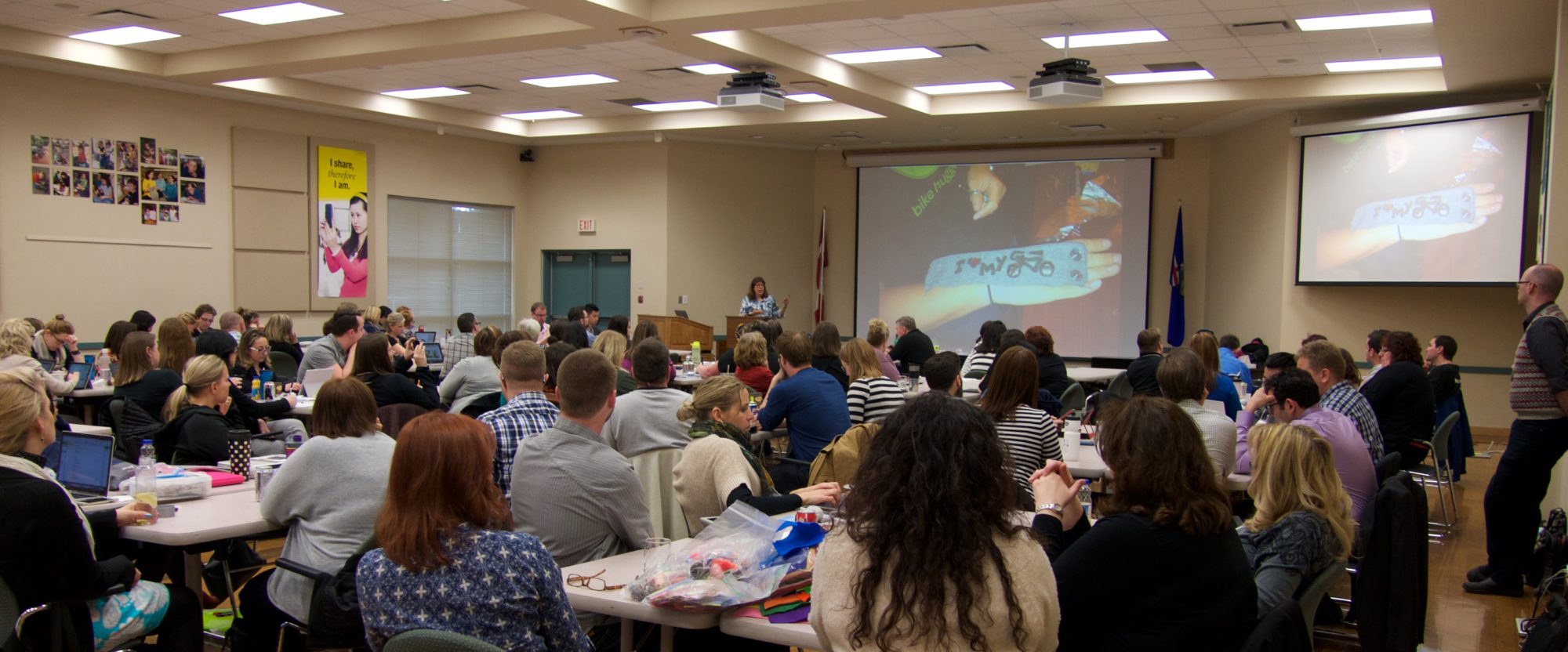from Nancy Willard of Embracing Digital Youth: Addressing youth risk in a positive and restorative manner
Embracing Digital Youth is proud to announce our first two Webinars. Through these Webinars, Embracing Digital Youth will seek to help educators, mental health professionals, law enforcement, and policy-makers engage in prevention and intervention activities that are grounded in research insight, focus on influencing positive behavior and implementing restorative practices, and encourage effective evaluation.
A 2-page Issue Brief for each Webinar will provide insight and recommendations for practice. The Webinars will be available for later viewing in our archive. Documentation will be provided to support professional development continuing education requirements.
Register online at: http://embracingdigitalyouth.org/webinars (Cost $39)
*Protecting Children in the 21st Century Act: What Schools Must and Should Do* – April 5 at 7:00 P.M. Eastern Time.
The Protecting Children in the 21st Century Act added a provision to the Children’s Internet Protection Act (CIPA) requiring that schools receiving E-Rate funding provide students with instruction in Internet safety, including cyberbullying and social networking safety. School agencies receiving E-rate funding must update their policy so they can certify they are providing Internet safety instruction, beginning with funding year 2012 (July).
This Webinar will provide recommendations on how districts can engage in effective multidisciplinary planning to ensure that the manner in which they will provide Internet safety instruction is grounded in accurate research insight, uses effective approaches to promote positive norms and transmit effective skills, and incorporates evaluation to ensure effectiveness.
Presenters:
- Mike Donlin, Program Supervisor in The School Safety Center of the Office of the Superintendent of Public Instruction for Washington State.
- Lisa Jones, Research Associate Professor of Psychology at the Crimes Against Children Research Center at the University of New Hampshire.
- Connie Williams, NBCT, Teacher Librarian, National Board Certified. Petaluma High School, California. Past President of the California School Library Association,
- Eric Willard, Chief Technology Officer – Community Unit School District 300, Illinois.
*Positive Peer-based Approaches to Address Cyberbullying* – April 26th at 7:00 P.M. Eastern Time.
Schools are struggling to address a new challenge–the hurtful behavior of students when using digital technologies. Addressing this new challenge is difficult because much of this hurtful behavior occurs in digital environments where adults are generally not present. Hurtful interactions frequently occur when students are off-campus, with the damaging impact at school.
How can educators ensure the development of a positive school climate and support positive actions by peers that will be necessary for prevention and early intervention? These three professionals are working on innovative new approaches to enhance these positive peer-based approaches.
Presenters:
- Patricia Agatston, Ph.D. Licensed Professional Counselor with the Prevention/Intervention Center, a student assistance program in the Cobb County School District, Georgia.
- Nancy Willard, M.S., J.D. Director of the Center for Safe and Responsible Internet Use/Embracing Digital Youth.
- Karen Siris, Ed.D. Professor at Adelphi University, Garden City, NY, Principal at Oceanside Elementary, NY.
>> Registration and more information

 The Girl Scout Research Institute has released
The Girl Scout Research Institute has released